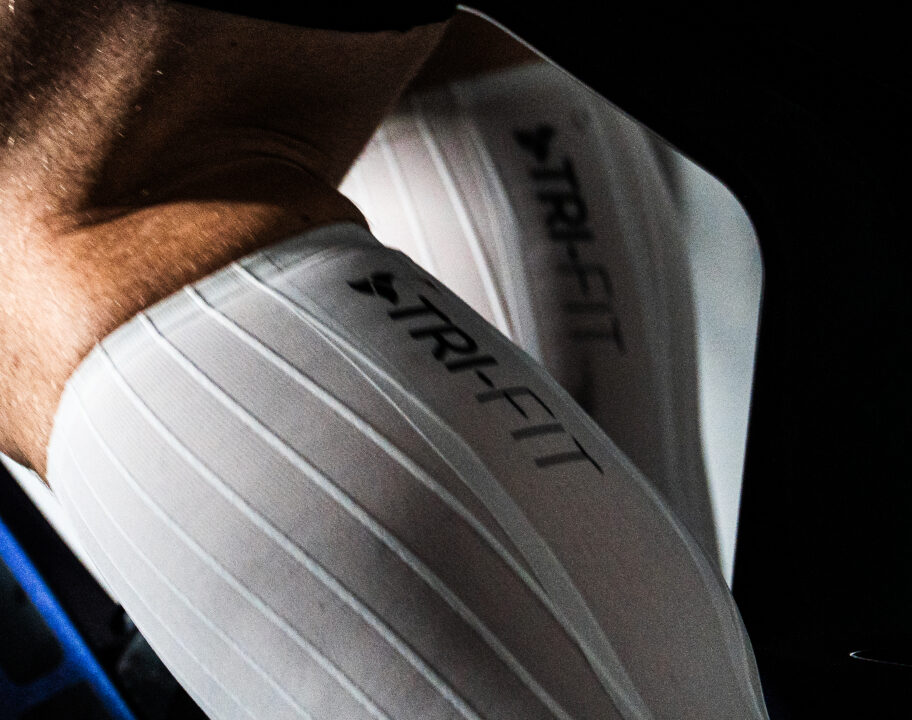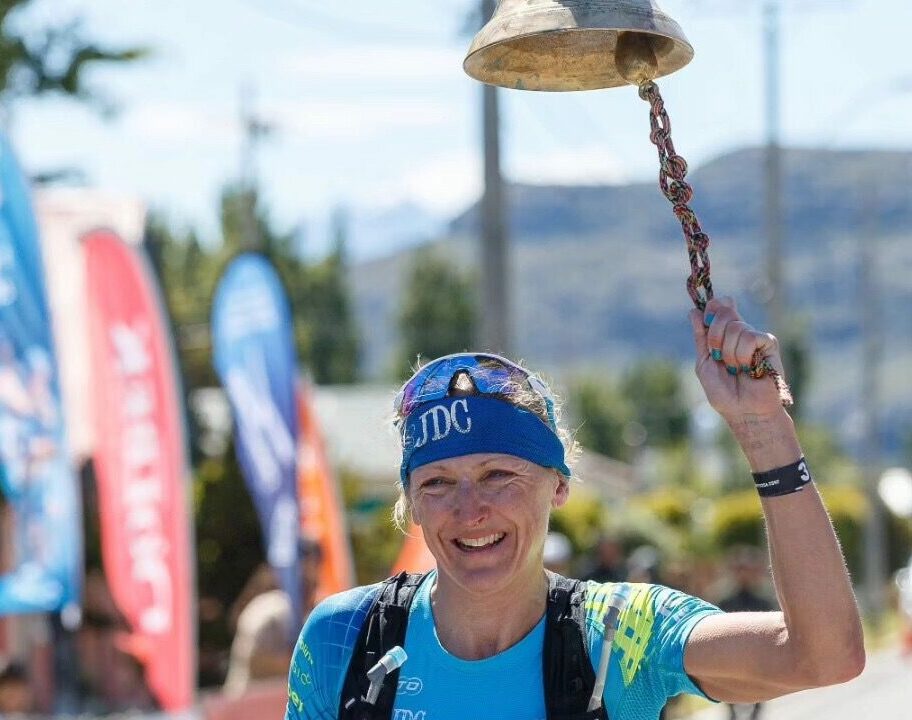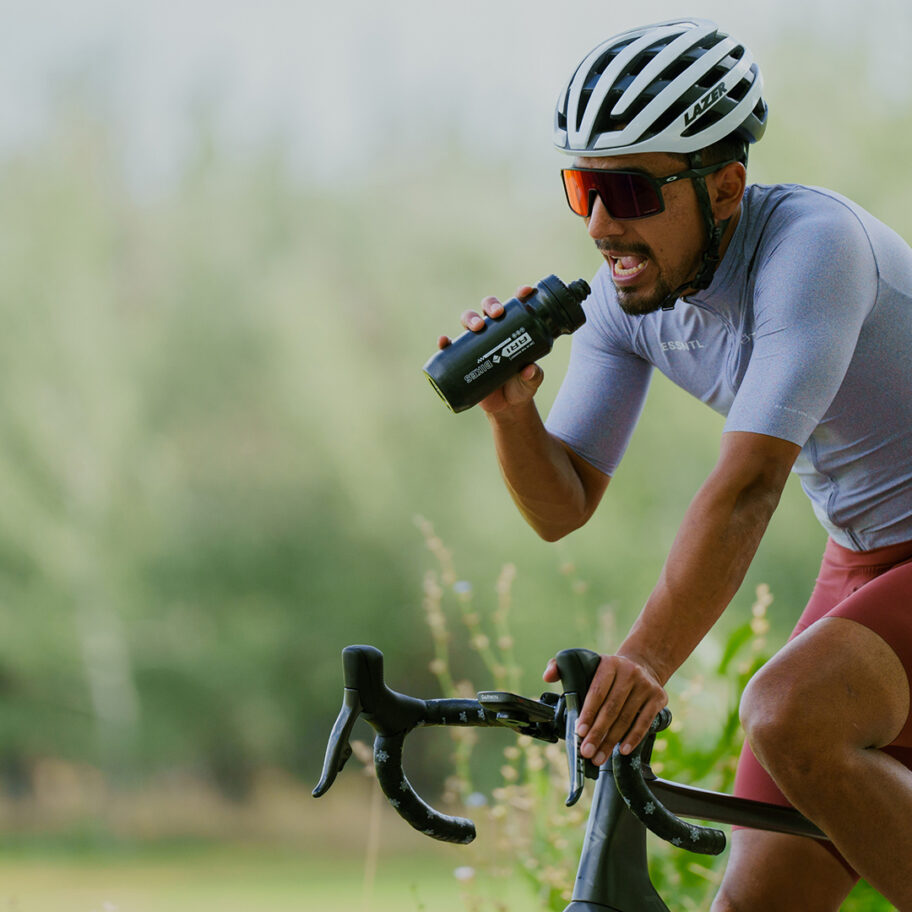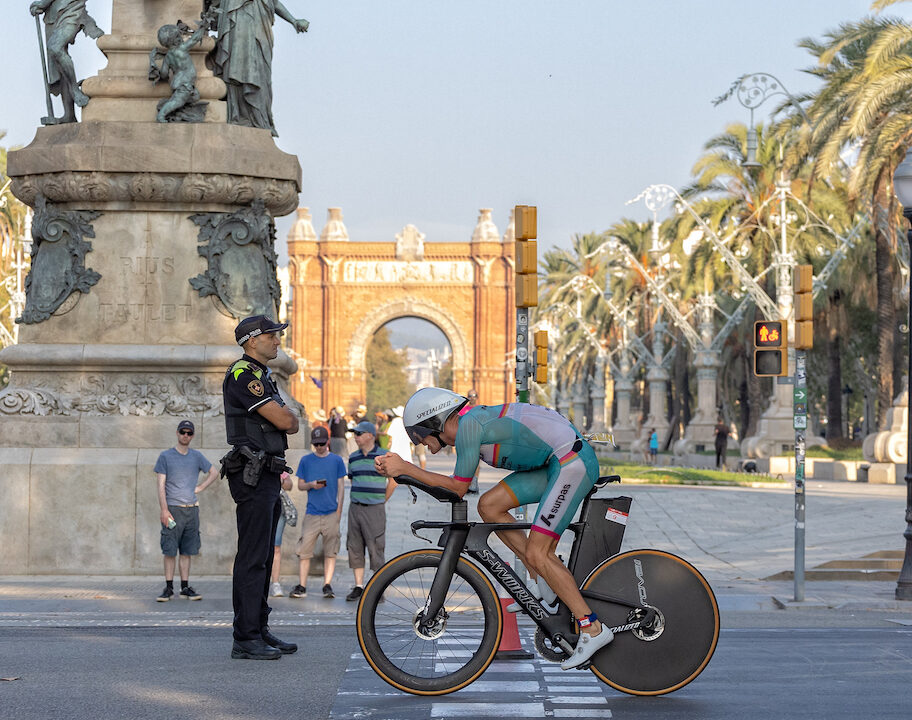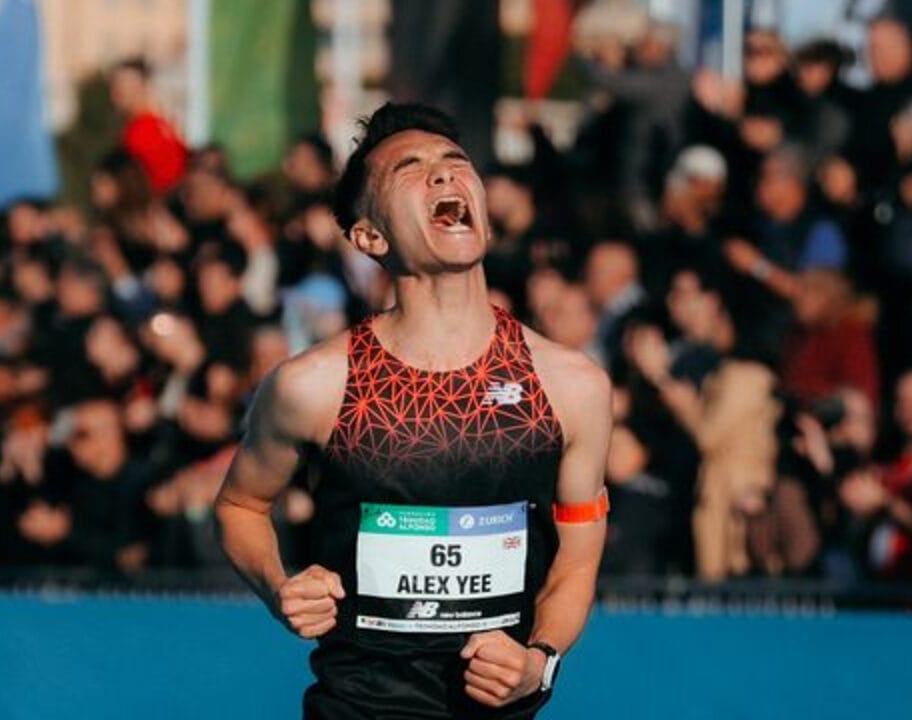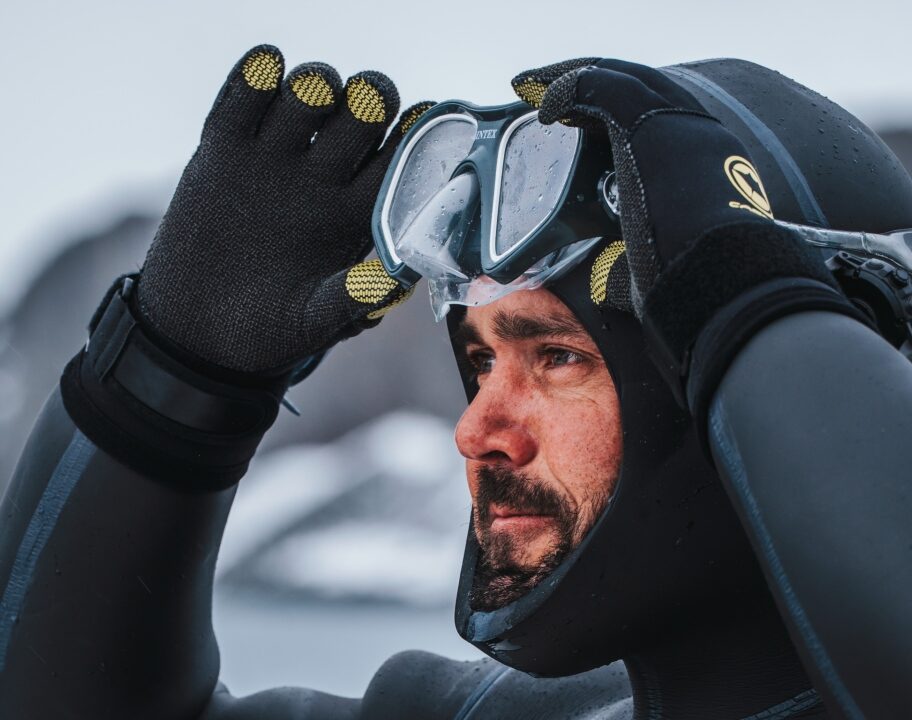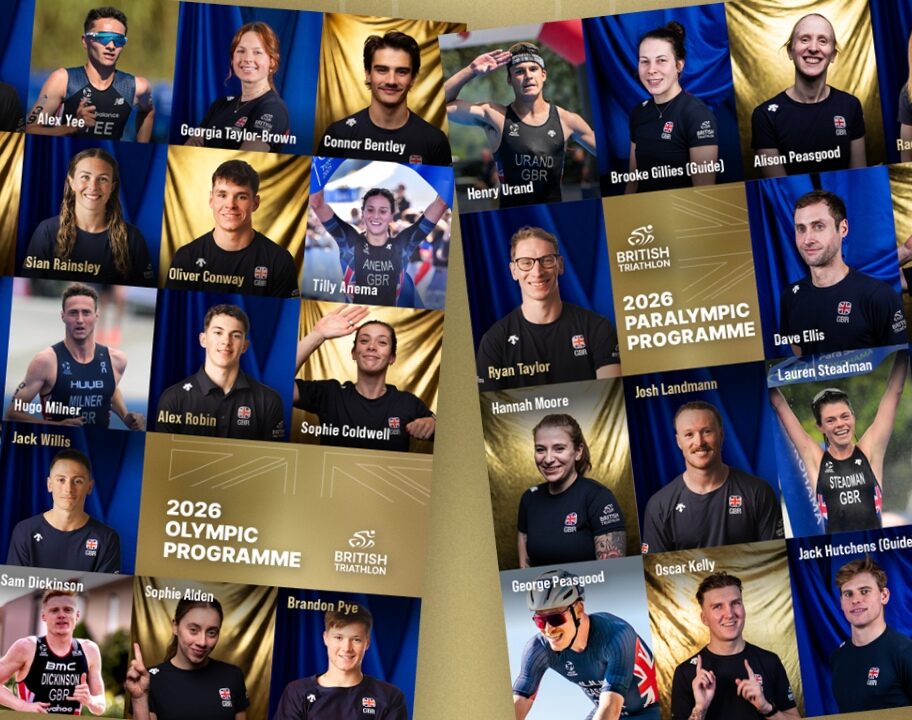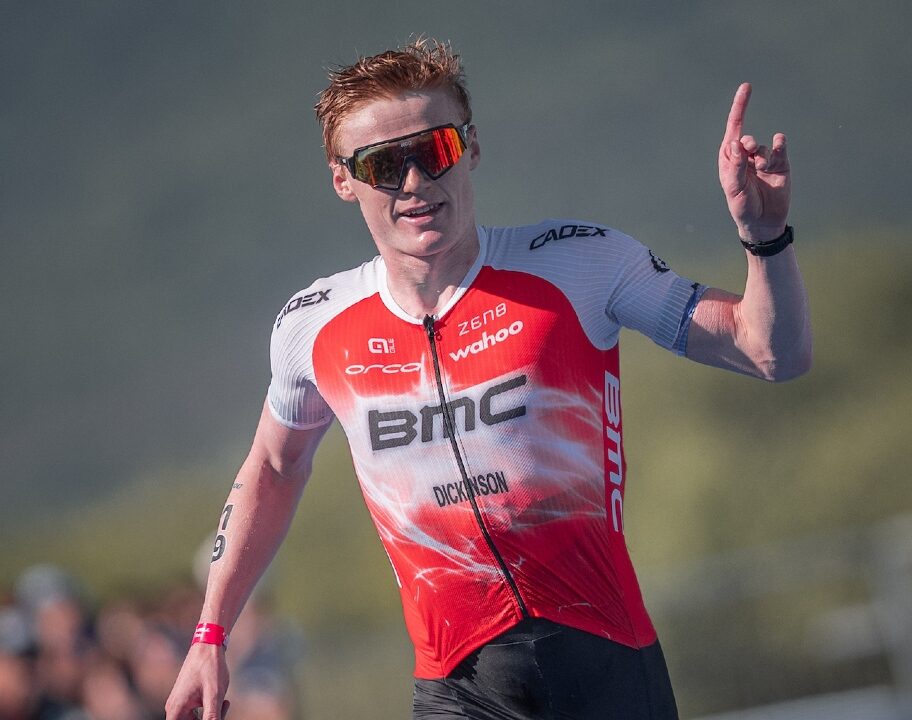Whether you’re into triathlons or time trialling – or a bit of both depending on what time of the year it is. You’ll know that optimising your aerodynamics on the bike can be a game changer when it comes to saving watts and hitting those PRs. Do a little bit of digging into the science behind aerodynamics in cycling, and you’ll soon come across the term ‘CdA’. But what does that actually mean, and why does it matter?
With help from the aero experts at Body Rocket, we dive into what CdA means, how it impacts your times on the bike. And why knowing what your CdA is could be the first step to unlocking your potential on two wheels.
What is CdA and what does it mean for cyclists and triathletes?
CdA stands for coefficient of aerodynamic drag. In simple terms, it’s a way to quantify how much resistance the wind creates against you and your bike. In other words, how much drag you create while you’re riding. The less wind resistance you have to overcome, the faster you’ll ride.
EXPERT EXPLANATION
“CdA stands for the coefficient of drag times your area. That means the area that’s presented to the airflow. The coefficient of drag element is the frictional forces as the air runs over your body, and the turbulence that occurs as the air leaves your body.
Your CdA will vary depending on the direction the airflow is coming from. If you’ve got a side wind you’ll have a yaw angle to that airflow as it goes over your body.”

CdA is expressed as a three decimal number (for example, 0.197). The most accurate way to calculate your CdA is to go to a wind tunnel – though this doesn’t take into account real-world factors. Or use an on-the-bike aero testing system, such as the revolutionary new tech from Body Rocket which has been designed to take the wind tunnel out into the real world. Alternatively, training tools such as Strava and Best Bike Split can also create an estimated calculation of your CdA using data such as your speed, power output and the wind speed – those this won’t be as accurate as testing your CdA properly.
Why does measuring drag on the bike matter?
Wind resistance is believed to generate between 70-90% of all resistance cyclists have to overcome to move forward. And so being able to quantify how much drag you are creating, and take measures to reduce that drag, can have a big impact on how much effort it takes for you to overcome wind resistance. Reducing your CdA will help you to ride faster, for the same power output.
When we talk about CdA in general, we’re talking about the amount of drag created by the rider and the bike, combined. However, evidence has found that 80% of total drag is created by the rider’s body. Optimising your position on the bike and choosing the most aerodynamic tri suit or skin suit can have a huge impact on your CdA, without having to spend a fortune on new bike components. This is why the team at Body Rocket have developed technology which, unlike most aero sensors, can isolate the drag created by the rider, from the drag created by the bike.

“[Body Rocket] are measuring just the aerodynamic forces on the body,” says Jason. “The advantage is that anyone who has done aero testing with the aerometers out there is also wrapped into overcoming the ground forces like rolling resistance, drivetrain losses, and vibrational losses. These other elements are mixed in with aerodynamic drag forces, making it difficult to pull them apart. But our system completely separates these elements and focuses just on your body and the changes you make to helmets, socks, and anything related to your body position.”
For triathletes and cyclists looking to achieve maximum speed for their effort, knowing your CdA is a valuable tool to help you to work on becoming as efficient as possible on the bike.
What is a ‘good’ CdA?
How aerodynamic you are on the bike is only one part of the equation when it comes to performance on the bike. Being ultra-aero but lacking the strength and fitness to push power, for instance, will see you riding slower than someone who is less aero but far stronger on the bike. Likewise, forcing yourself into a super aggressive position on the bike to reduce your CdA – but not being able to hold that position for any length of time without cramping or impacting your run off the bike – isn’t much use.
So, you should measure and play with CdA in the wider context of your bike training and race goals. But still, it’s always interesting to know roughly what a good measurement would be.
World-class tour riders competing in TT stages will often have a CdA well below 0.2. Meanwhile an well-optimised age-grouper riding a TT bike might have a CdA somewhere between 0.2 – 0.23. Jump on your road bike in full winter kit, and your CdA might rocket up to somewhere in the 0.3s. CdA is a dynamic measurement that is impacted by the kit you wear, and how well you hold your position on the bike.
How to reduce drag and improve your aerodynamics on the bike
Your body creates 80% of total drag on the bike. Therefore the best way to start reducing your CdA and optimising your aerodynamics is by looking at the position you ride in and the kit you wear. Of course, your bike and its components will also have an impact. But before you start splashing the big bucks on aero bike parts, get the basics nailed with your position and your kit.
Reducing the total surface area ‘presented’ to the airflow by keeping your head low and getting your body into a position that makes you smaller (compared to sitting upright) can make a big difference. That’s why we saw Gustav Iden bringing back the Graeme Obree ‘superman’ riding position ahead of Kona – getting long and low tested significantly more aero for the Norwegian athlete.
The other consideration is how the air runs over your body, and the turbulence created as the air leaves your body. This can be influenced by kit such as aero helmets – designed to optimise air flow. Along with tri suits specifically designed to reduce drag, accessories such as calf guards and aero socks.
Because we all have different body shapes, sizes and biomechanics. The most aero position and kit choice for one person, might be fairly different to another’s. This is where being able to make use of tech such as the Body Rocket system to test out various different options and find what works best for you, in real-world conditions, can be a game-changer.


